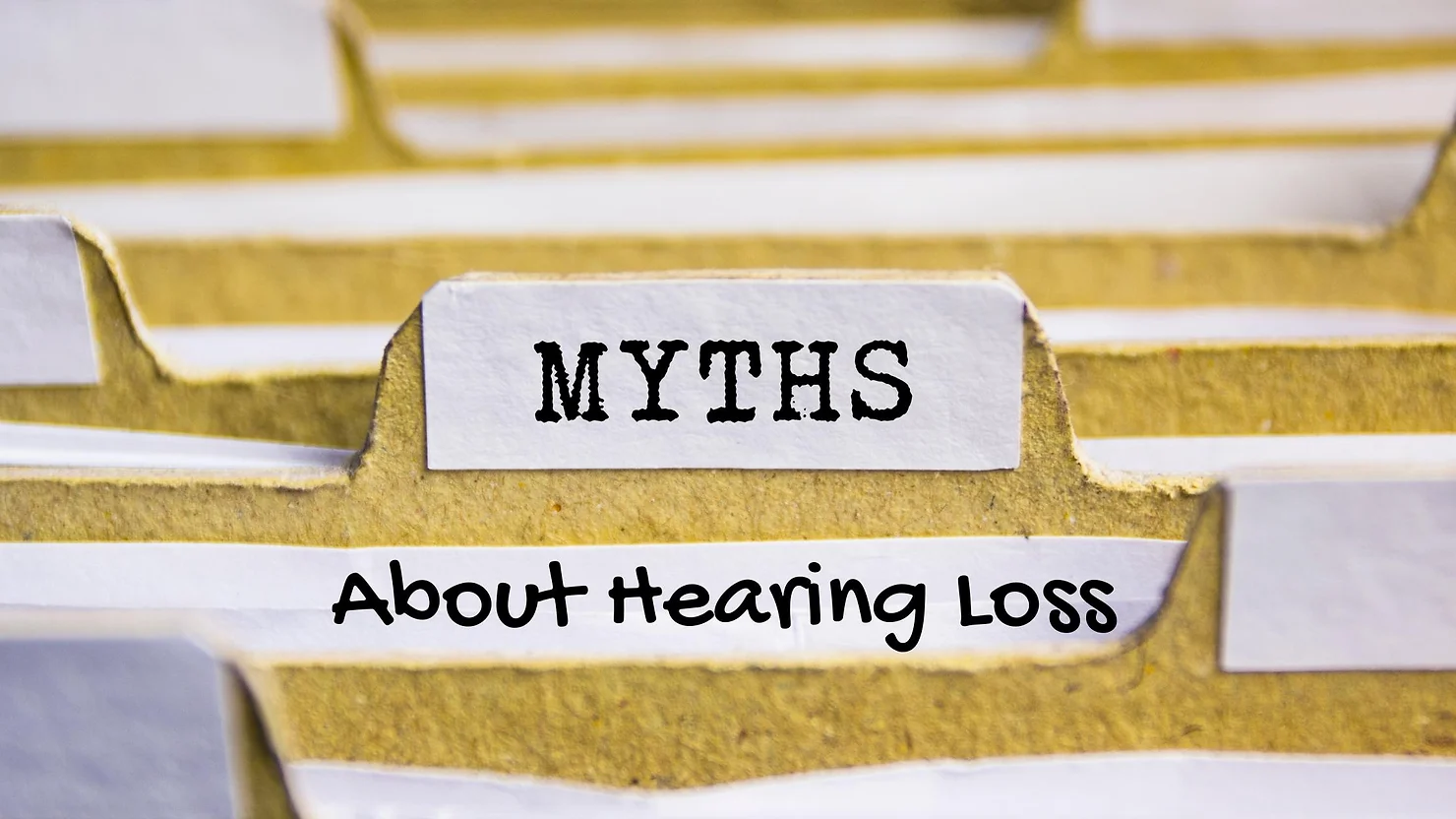
Though hearing loss is the third most common chronic medical condition that people experience today, it remains widely underdiagnosed. In fact, findings from a new poll published by the American Speech-Language-Hearing Association (ASHA) shows that 51% of adults reported having hearing issues but only 11% have sought treatment. Contributing to this widespread inaction and delay in treating impaired hearing is the numerous misconceptions that people often have about hearing loss. As highlighted in the poll, common myths about hearing loss include the following:
Myth: Hearing loss only impacts older adults.
REALITY: The most common myth about hearing loss is that it only affects the elderly. Though age is the strongest predictor of hearing loss, people of all ages experience the condition. According to the National Institute on Deafness and Other Communication Disorders:
-
15% of adults, ages 18 and other, report some trouble hearing
-
1 in 8 people, ages 12 and older, has some degree of hearing loss in both ears
-
Nearly 15% of people, ages 6-19, have impaired hearing
These statistics highlight that people of all ages can and do develop hearing loss. To better understand this, we will move on to myth #2 which addresses what can cause hearing loss.
Myth: Hearing loss is caused by aging.
REALITY: It is often assumed that hearing loss is caused by aging and that it is a natural part of the aging process. Age related hearing loss, known as presbycusis, is one cause of hearing loss but not the only. Other common causes of hearing loss , which can impact people of all ages, include the following:
-
Exposure to loud noise: one-time or consistent exposure to loud noise can damage the hair cells in the inner ear. These hair cells are a critical component of the auditory system, responsible for translating incoming soundwaves into electrical signals that are sent to the brain. The brain is then able to further process and assign meaning to these signals which is what allows us to understand what we hear. Loud noise can cause these hair cells, which do not regenerate, to lose sensitivity or completely die, resulting in permanent hearing loss.
-
Existing medical conditions: several medical conditions increase the risk of developing hearing loss. This includes cardiovascular disease, diabetes, and hypertension. These conditions impact blood flow and vessels which can affect the auditory system and how sound is processed.
-
Other: other ways hearing loss can be caused include ear infections, head or neck injuries, and bone growths.
Myth: Hearing loss is not that serious and is curable.
REALITY: People can assume that because their symptoms are more mild or in one ear, that their hearing loss is not serious and can be addressed later. But hearing loss, which exists on a spectrum, is a permanent condition. There are no medical interventions that can restore hearing “back to normal”. Treatment options work to maximize hearing capacity with the use of devices like hearing aids. Additionally, delaying treatment can deepen the impairment which results in greater hearing loss.
Myth: Speaking louder fixes the problem.
REALITY: It is commonly thought that hearing loss simply means that the volume of sound has to be louder. This can lead to people speaking loudly or increasing the volume on electronic devices. Speaking louder can actually make it more challenging to hear because it can further muffle and obscure sound. Hearing loss should not be reduced to volume and it is important to know that it affects every individual differently. People can struggle with specific types of sounds and frequencies which means that the volume of the sound is not the issue.
Myth: Hearing aids are bulky and outdated.
REALITY: The most common treatment for hearing loss is hearing aids. These are electronic devices that are designed to absorb, amplify, and process sound. This provides the auditory system with significant support, making it easier to hear and understand sound. A common myth about hearing aids is that they are bulky, too noticeable, and outdated. But today’s devices are savvier, sleeker, and more advanced than ever. Hearing aids have a range of technologies and features that allow them to easily integrate into daily life.
Have you experienced changes in your hearing? Are you interested in learning more about how your hearing can be improved? Prioritize your hearing health by scheduling an appointment with us today!
